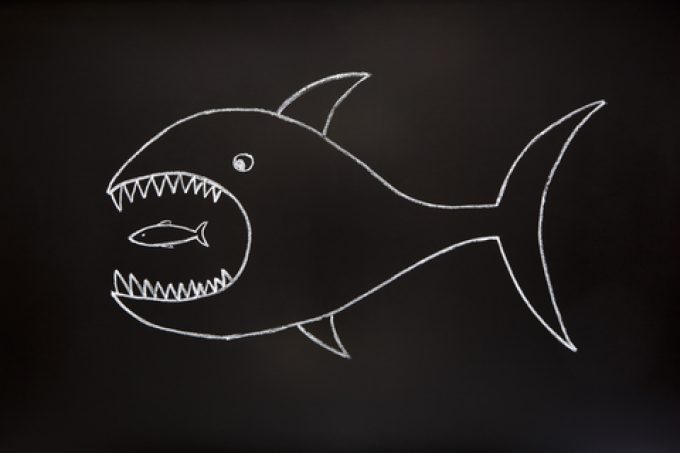MSC fleet now 900 vessels-strong
After taking delivery of the 16,000 teu MSC Germany this week, Swiss-headquartered carrier MSC broke ...

New data published today by Alphaliner shows the astonishing amount of vessel capacity that has been acquired by shipping lines from non-operating owners (NOOs) since the onset of the pandemic.
Between August 2020 and March 2025, the analysts counted 850 vessels amounting to 3.7m teu capacity were sold by NOOs to carriers seeking to rapidly increase their fleets in response to surging consumer demand during Covid.
“The plunge started in August 2020, when shipping lines, particularly MSC and CMA CGM started raiding ...
Outlook for container shipping 'more uncertain now than at the onset of Covid'
Shippers warned: don't under-value US exports to avoid tariffs – 'CBP will catch you'
Cancelled voyages take the sting out of spot rate declines this week
New Houthi warning to shipping as rebel group targets specific companies
K+N CEO unveils impact of US import tariffs on China-origin goods
Blanked sailings in response to falling demand 'just a stop-gap solution'
CMA CGM to reflag box ship as the French carrier eyes growing Indian market
Teamsters union vows UPS will be 'in for a hell of a fight' over jobs cull
Boeing looks to resell up to 50 aircraft rejected by Chinese buyers
More pressure on transpacific rates as carriers bet on a China-US trade deal
'Strong start' to 2025, despite market uncertainty, says Kuehne + Nagel
US Customs chaos means 'more downside risk than upside potential' for air cargo
Taiwan ministries act to mitigate effect of trade war on agriculture exports
Wan Hai joins box shipping 'arms race', but avoids Chinese yards for newbuilds
MOL signs up with Climeworks for direct air carbon capture and storage

Comment on this article
Hans-Henrik Nielsen
April 14, 2025 at 8:25 amInteresting Gavin,
I would like to add a comment to the Inter Asia (where Bangkok max is seen as the backbone).
Whereas this is certainly true for inter south east asia, i feel that we need to start differentiating the north / south trade of North/South East Asia. These trades are quickly becoming “double dip trades” on much larger tonnage trading into Arabian Gulf, Indian Subcontinent, and perhaps even Africa (especially East Africa).